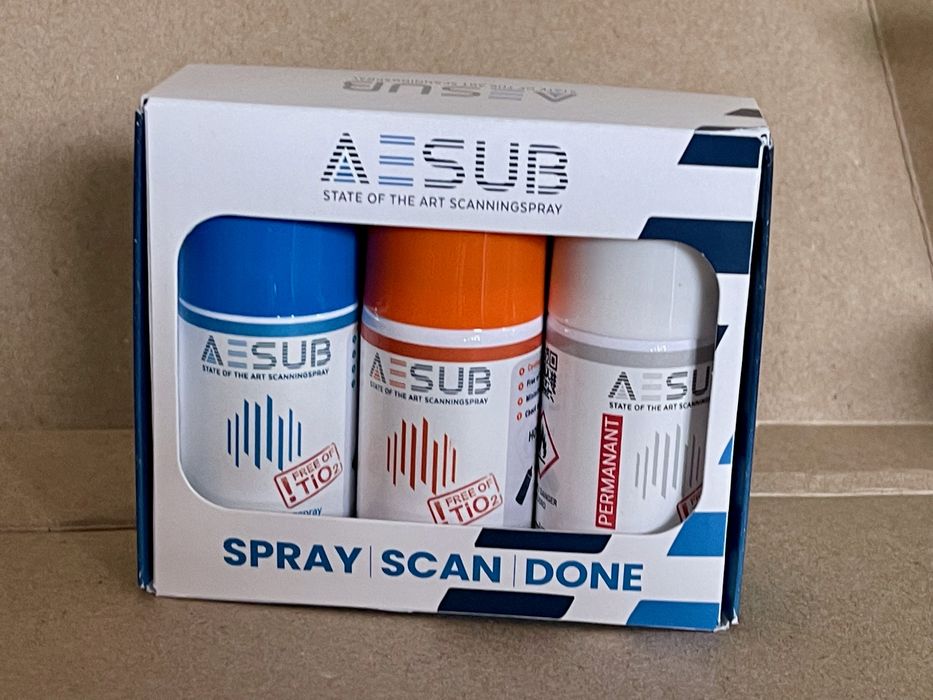
I recently had the opportunity to try out AESUB’s 3D scanning spray.
One might wonder why you’d need a spray for 3D scanning, and it deserves a bit of an explanation.
3D scanners make use of a variety of different technologies. Some use laser beams to detect the range of a particular point on the surface of an object, while others may use infrared light. Other approaches involve structured light, where a fixed pattern is presented to a surface, and the deviations from standard are optically detected to infer the surface geometry. There’s also photogrammetry, where a series of images of a subject are interpreted into a 3D model.
All of these methods work to varying degrees of success, but they all suffer from one big issue: they have great trouble handling optically transparent or reflective materials. Shiny or clear items, to be exact.
That’s because the light rays either pass through the object or bounce off into the wrong directions, completely confusing the scanning software. Most of the time these parts of the scan show up as completely invisible.
One could simply avoid scanning that type of object, but sometimes you have to do so. For example, if you’re re-engineering a metal auto part, it might have shiny surfaces that confuse the scanner.
Traditionally there has been one solution: paint the object. That will make the surface opaque, and thus scannable. However, the object gets a new coat of paint and most of the time that’s not desirable at all.
Later some ingenious folks discovered it would be possible to spray on random household substances to provide an opaque coating. One popular approach was to use commonly available athlete’s foot spray.
While these substances provided the necessary opaqueness on the surface, they also offered the possibility to wash off the coating afterwards. That worked, but added an extra step in the process: washing.
Enter AESUB, a German company that has developed a specialized spray dedicated to 3D scanning.
How is it different than the athlete’s foot spray? It automatically evaporates completely without the need for washing.
AESUB provides three different types of scanning spray:
- “Blue”, which evaporates completely within four hours
- “Orange”, which evaporates completely within 12-24 hours
- “White”, which is a permanent coating
None of these contain titanium dioxide.
We were recently able to perform a test of this spray, and were quite impressed with the results.
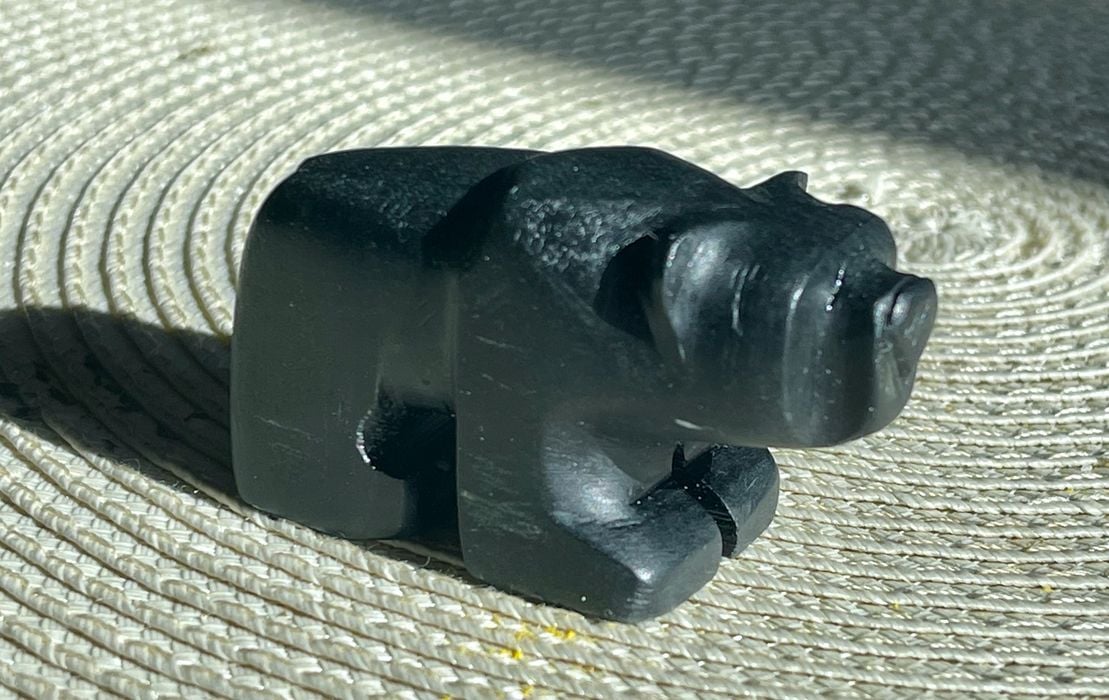
Our subject for this test was a small Inuit soapstone bear sculpture, which has proven to be literally impossible to 3D scan due to its dark appearance, cold stone surface and tiny crevices. Every single scanner I’ve used to attempt a scan of this item resulted in — absolutely nothing. Not even a single spec of detection. This item is far more difficult to 3D scan than glass, which occasionally shows at least some bits after scanning.
AESUB said the sprays are “extremely flammable”, so please take appropriate safety steps if you are using them.
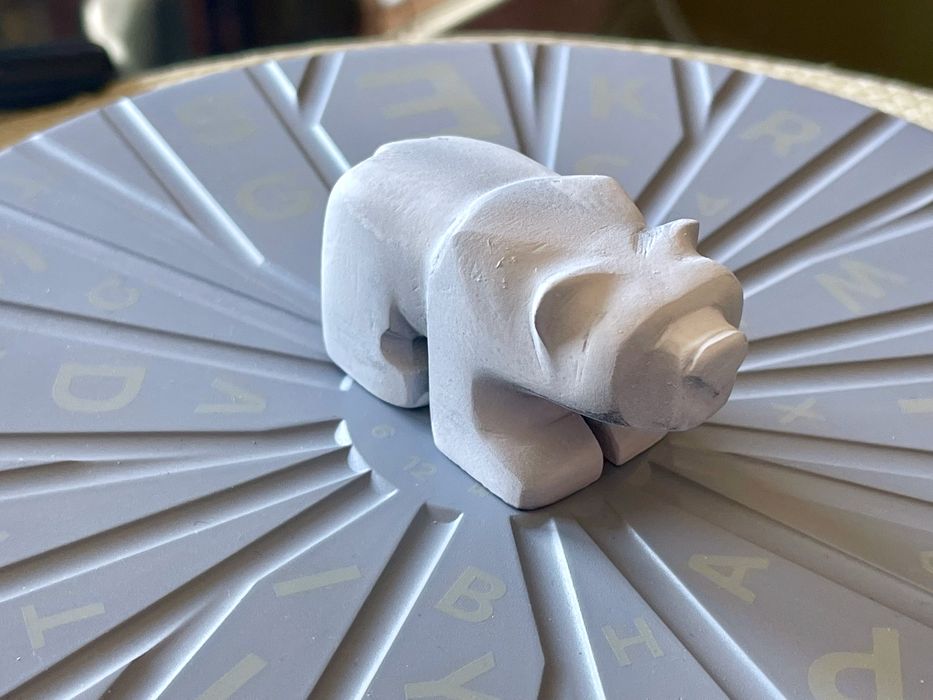
To my surprise, the Blue spray is not actually blue. It’s white. The product colors are merely to identify the product, and are not the actual spray colors. White is a very good color for scanning, as the light surface easily allows detection of surfaces.
The spray dries fairly quickly, and I was able to use sprayed subjects within 15 minutes or so. The sprayed surfaces feel a bit “dusty”, but the white coating doesn’t come off too easily.
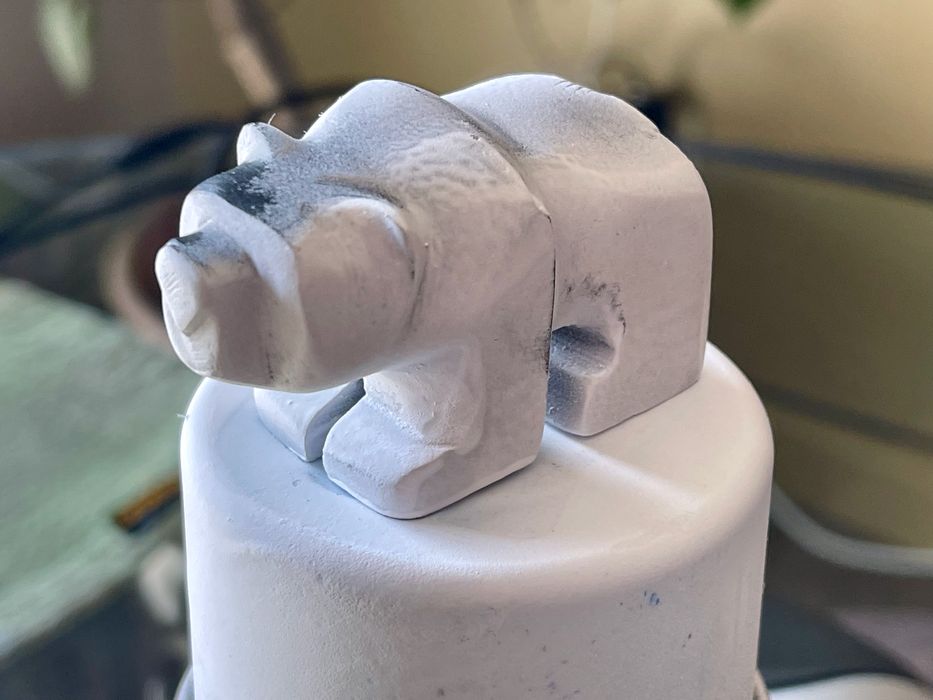
My first attempt with the bear was not good, as I had mistakenly missed a very small portion of the creature’s ear. Of course, the scan was perfect — except for the ear, which was invisible. That shows you how problematic this sculpture has been for me.
A second coat with the Blue spray coated the entire object. After drying, I flipped it upside down and applied more spray to the bottom of the sculpture, so that I could scan it from multiple angles.
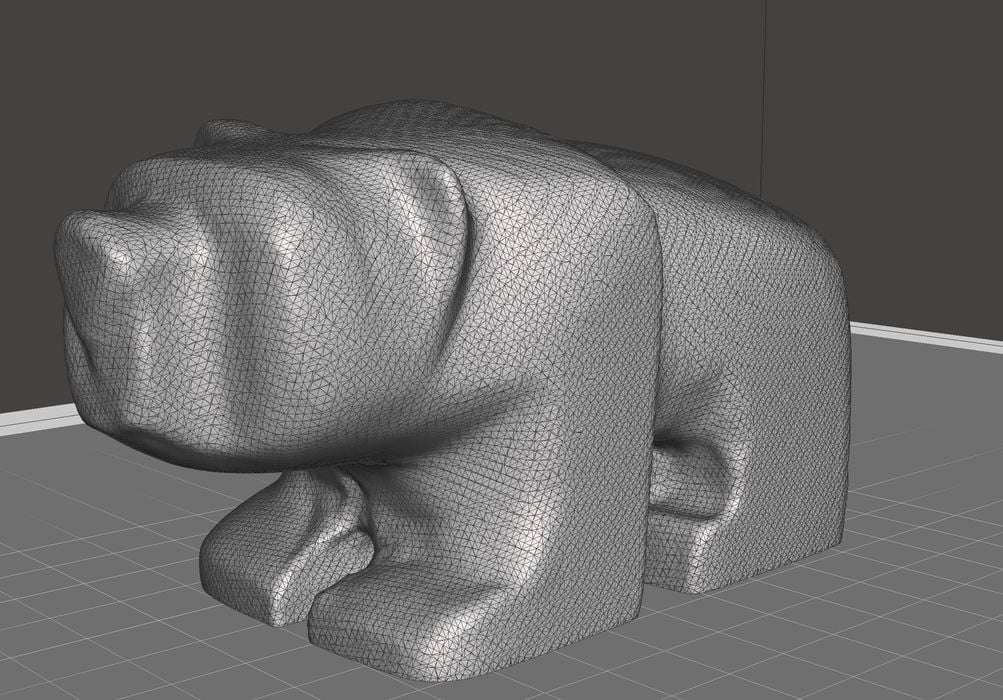
The resulting 3D scan was perfect. I have rarely obtained such a good scan on any object, and here it was certainly due to the presence of the AESUB scanning spray.
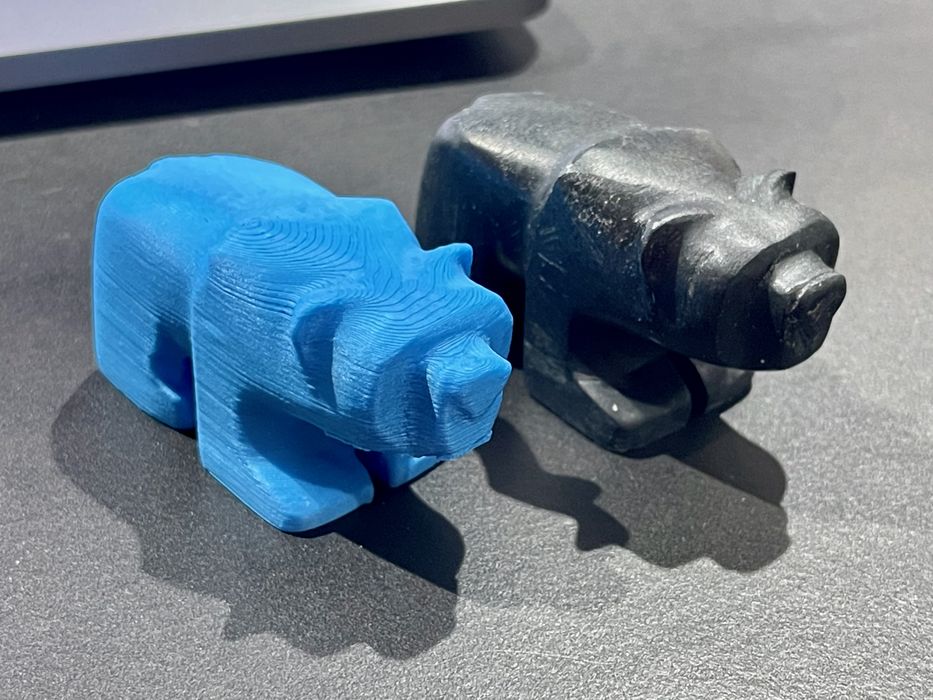
After scanning completed, I was curious to see how the spray would evaporate.
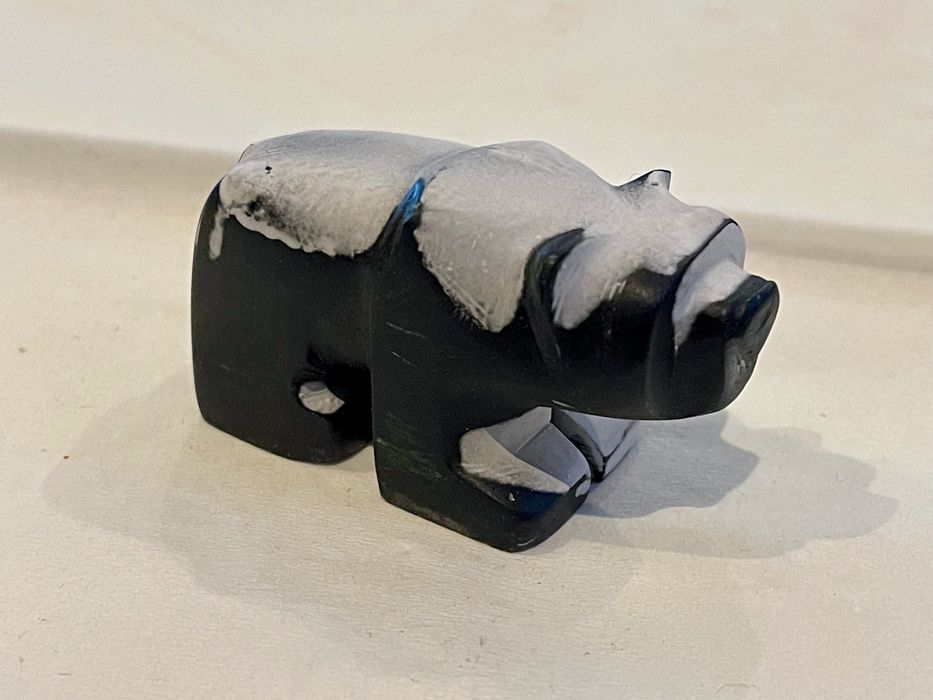
I found that the Blue spray did indeed completely disappear after four hours. However, that’s when the very last crevice of white evaporated. Prior to to that other areas became clear.
The implication here is that you cannot 3D scan for up to four hours; instead the last of the spray evaporates in four hours. In other words, you have far less than four hours to complete your scan because some of the surface will be exposed long before four hours elapses.
That’s why AESUB provides two different evaporating sprays: you must choose the right duration for your project. For example, if you’re scanning a large object, you probably should select the longer duration Orange spray. That way you can more likely get through the entire scan without having an issue.
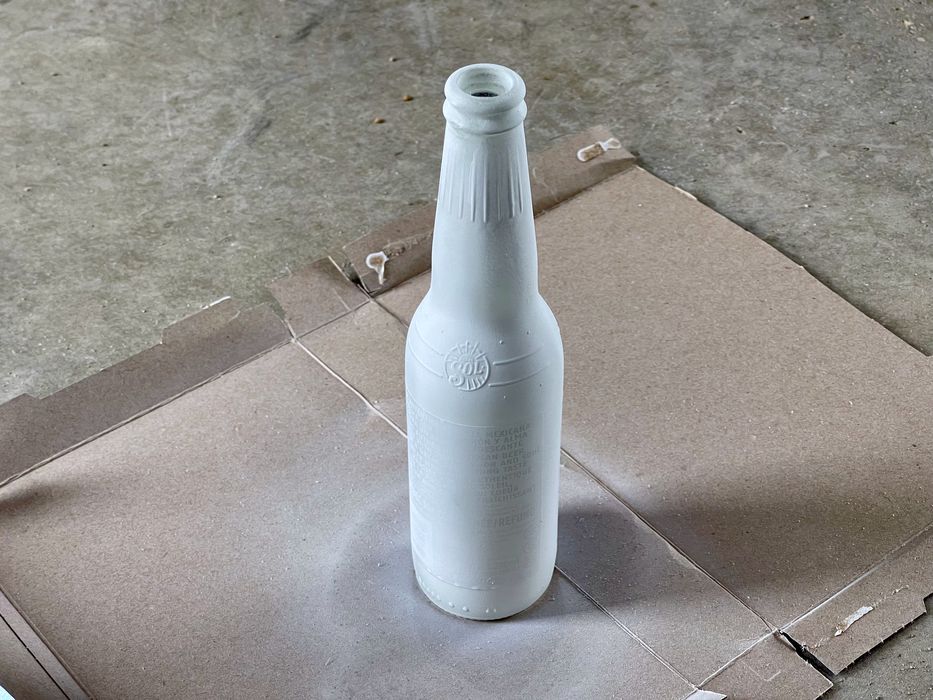
On the other hand, it would be possible to “patch” a spot with the spray if necessary.
I also found that the spray did not leave any trace of its existence: the evaporation was complete, and the sprayed objects don’t require any washing afterwards.
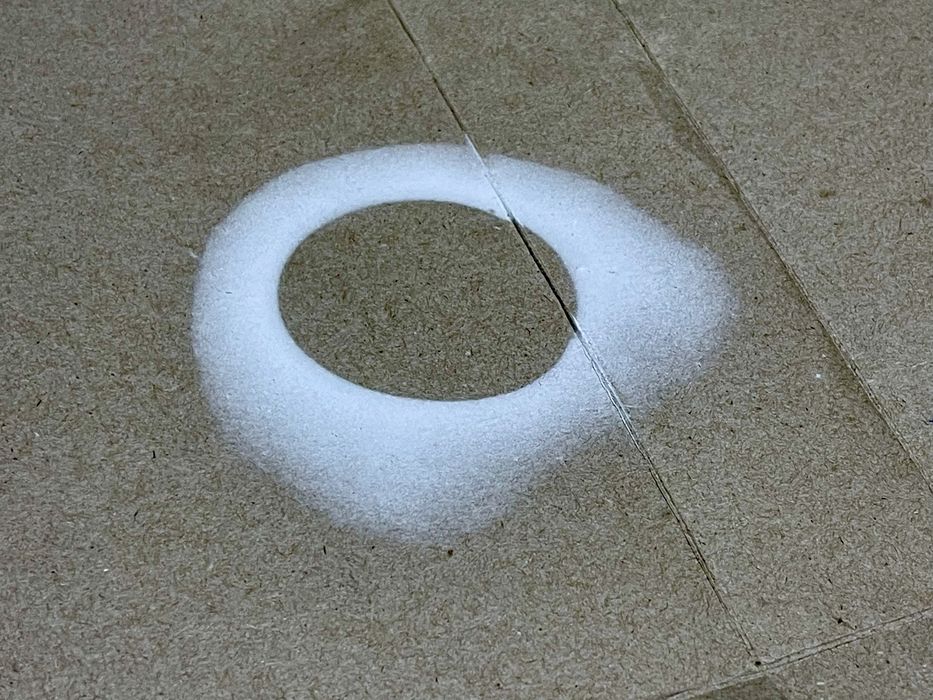
However, I did notice one issue. I sprayed objects on top of a throwaway piece of cardboard. Some of the spray inevitably got on to the cardboard, and I noticed that it did not evaporate! The message here is that you should try not to get the spray onto fibrous materials, as it might stay longer than you want.
AESUB sprays are sold through their extensive worldwide reseller 133 partner network, and there’s no doubt a nearby outlet for you to find the products.
Prices vary, and it’s also possible to buy different quantities of spray cans — up to a 96 can case! Quantity one pricing tends to be around US$40, so the spray isn’t inexpensive.
But it does work very well.
Via AESUB

Awesome Article, as I see, myself buying several 3D printers and starting a serious business.